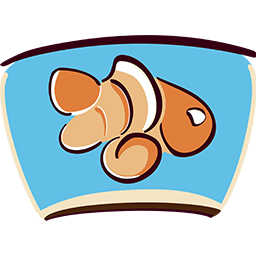Right now I plan on keeping them as a species-only tank since ideally, I'm looking to have them breed out.
I’m not too worried about them jumping since the water parameters are good, and the lid I have on this mostly covers the whole tank but a gap in the back between the heater and filter output.

